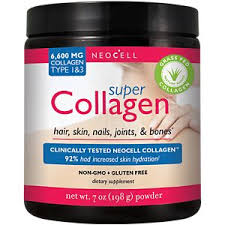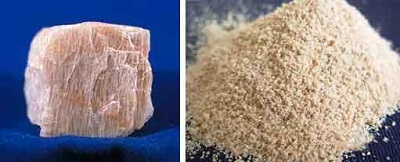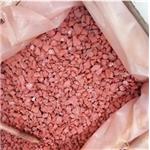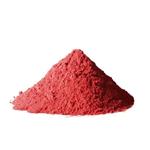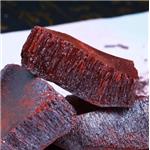Properties and Uses of Cinnabar
Dec 3,2019
Cinnabar is a toxic mercury sulfide mineral with a chemical composition of HgS. It is the only important ore of mercury. It has a bright red color that has caused people to use it as a pigment and carve it into jewelry and ornaments for thousands of years in many parts of the world. Because it is toxic, its pigment and jewelry uses have almost been discontinued.
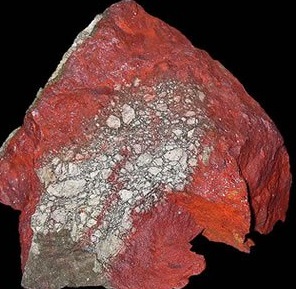
Geologic Occurrence
Cinnabar is a hydrothermal mineral that precipitates from ascending hot waters and vapors as they move through fractured rocks. It forms at shallow depths where temperatures are less than about 200 degrees Celsius. It usually forms in rocks surrounding geologically recent volcanic activity but can also form near hot springs and fumaroles.
Cinnabar precipitates as coatings on rock surfaces and as fracture fillings. Less often, cinnabar can be deposited in the pore spaces of sediments. It is usually massive in habit and is rarely found as well-formed crystals. Other sulfide minerals are generally found associated with cinnabar. These can include pyrite, marcasite, realgar, and stibnite. Gangue minerals associated with cinnabar include quartz, dolomite, calcite, and barite. Small droplets of liquid mercury are sometimes present on or near cinnabar.
Properties of Cinnabar
The most striking property of cinnabar is its red color. Its bright color makes it easy to spot in the field and is a fascination for those who discover it. It has a Mohs hardness of 2 to 2.5 and is very easily ground into a very fine powder. It has a specific gravity of 8.1, which is extremely high for a nonmetallic mineral.
The luster of cinnabar ranges from dull to adamantine. Specimens with a dull luster are usually massive, contain abundant impurities and do not have the brilliant red color of pure cinnabar. Adamantine specimens are usually the rarely-found crystals.
Uses of Cinnabar
Cinnabar is the only important ore of mercury. For thousands of years, cinnabar has been mined and heated in a furnace. The mercury escapes as a vapor that can be condensed into liquid mercury.
People began using cinnabar for pigments thousands of years ago in Italy, Greece, Spain, China, Turkey, and the Mayan countries of South America. Through time, people in almost every country where volcanoes are present discovered cinnabar and realized its utility as a pigment. Cinnabar is one of a very small number of minerals that was independently discovered, processed and utilized by ancient people in many parts of the world.
Cinnabar was mined at the volcano, ground into a very fine powder and then mixed with liquids to produce many types of paint. The bright red pigments known as "vermilion" and "Chinese red" were originally made from cinnabar.
Cinnabar has been especially popular for making red lacquer in China. Its use in lacquer has declined because of its toxicity, but some use of cinnabar in lacquer continues. Cinnabar has also been used in powdered form for ritual blessings and burials. Powdered cinnabar was used as a cosmetic in many parts of the world for thousands of years. Eventually it was discovered that cinnabar is toxic, and its use in pigments, paints, and cosmetics began to decline.
Today most, but not all, items made and sold under the name "cinnabar" have been made with less toxic and nontoxic imitation materials. Antique items made with toxic mineral cinnabar are still found in the marketplace.
- Related articles
- Related Qustion
Collagen is one of the most plentiful proteins in mammals. It is responsible for several biological functions, one of which is to provide structural support in connective tissue, muscle, and skin.....
Nov 29,2019API“Feldspar” is the name of a large group of rock-forming silicate minerals that make up over 50% of Earth’s crust. They are found in igneous, metamorphic, and sedimentary rocks in all parts of the world.....
Dec 3,2019Inorganic chemistry



